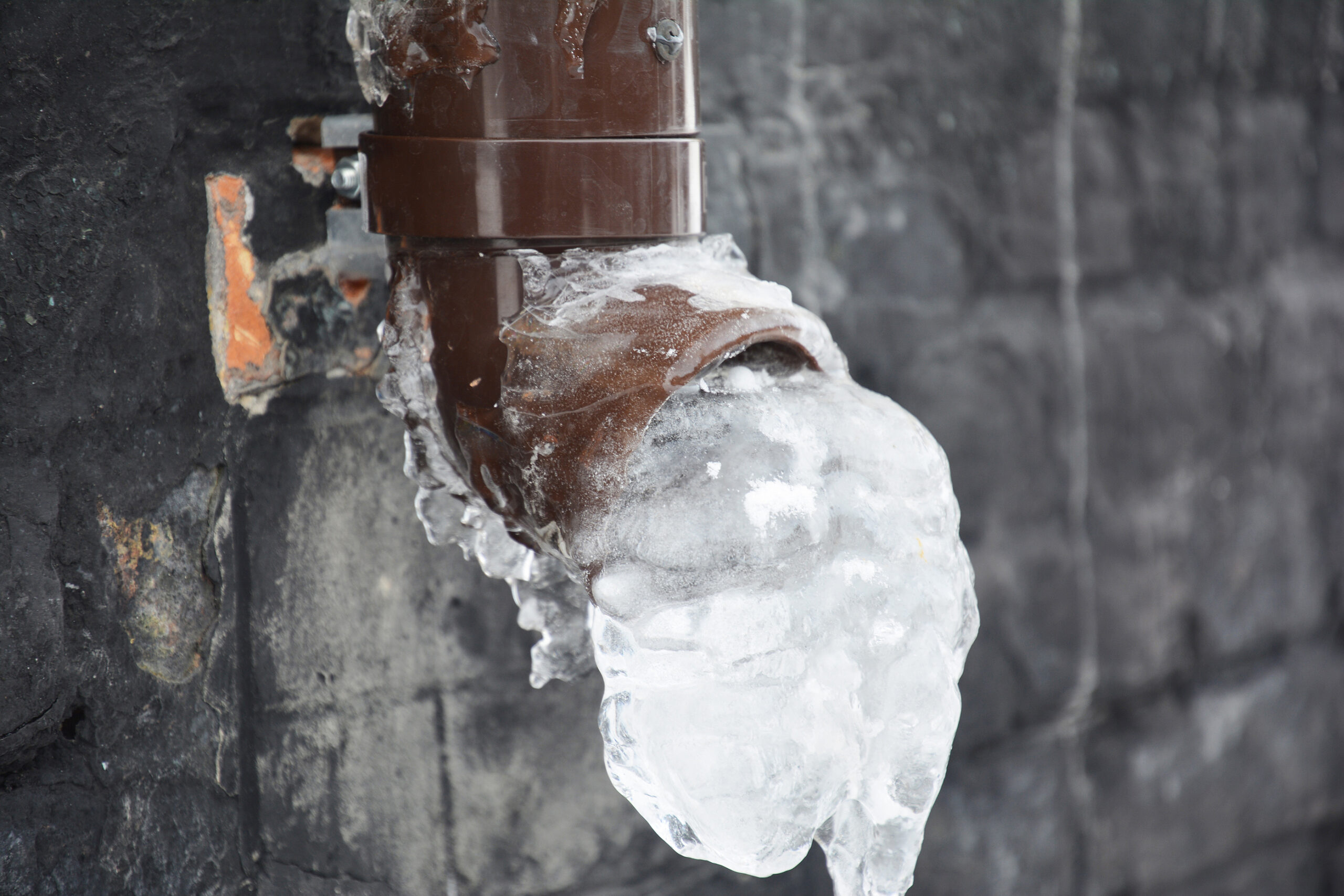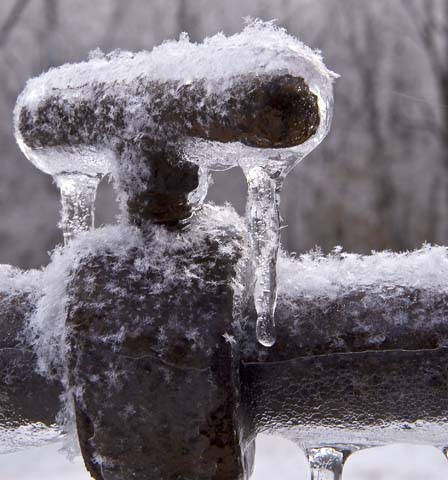Avoid Frozen Pipes in Cold Weather: Pro Advice
Avoid Frozen Pipes in Cold Weather: Pro Advice
Blog Article
What are your thoughts concerning Preventing and dealing with frozen pipes?

Cold weather can wreak havoc on your pipes, especially by freezing pipelines. Right here's how to stop it from occurring and what to do if it does.
Intro
As temperatures decrease, the threat of frozen pipelines increases, possibly resulting in expensive repair services and water damage. Comprehending just how to prevent icy pipelines is crucial for property owners in chilly climates.
Understanding Icy Pipes
What causes pipelines to ice up?
Pipelines ice up when exposed to temperature levels below 32 ° F (0 ° C) for extended periods. As water inside the pipes freezes, it broadens, taxing the pipeline wall surfaces and possibly causing them to burst.
Dangers and damages
Icy pipes can cause water supply interruptions, residential property damages, and expensive repairs. Ruptured pipelines can flooding homes and create extensive structural damage.
Indicators of Frozen Piping
Recognizing frozen pipes early can prevent them from rupturing.
Exactly how to recognize frozen pipes
Seek reduced water flow from taps, uncommon smells or sounds from pipelines, and visible frost on subjected pipes.
Prevention Tips
Insulating vulnerable pipelines
Wrap pipes in insulation sleeves or utilize heat tape to safeguard them from freezing temperature levels. Focus on pipelines in unheated or outside areas of the home.
Heating strategies
Keep interior rooms adequately warmed, particularly locations with plumbing. Open up cupboard doors to allow cozy air to flow around pipelines under sinks.
Protecting Exterior Plumbing
Yard hoses and outside faucets
Detach and drain pipes garden hoses prior to winter. Set up frost-proof faucets or cover outdoor taps with shielded caps.
What to Do If Your Pipes Freeze
Immediate actions to take
If you suspect frozen pipes, keep taps open to alleviate pressure as the ice melts. Use a hairdryer or towels soaked in warm water to thaw pipes gradually.
Long-Term Solutions
Structural changes
Consider rerouting pipes away from outside wall surfaces or unheated areas. Add added insulation to attics, basements, and crawl spaces.
Upgrading insulation
Purchase high-quality insulation for pipes, attics, and walls. Appropriate insulation aids keep regular temperatures and reduces the risk of icy pipelines.
Final thought
Stopping frozen pipelines needs positive steps and quick feedbacks. By recognizing the causes, signs, and safety nets, house owners can safeguard their pipes throughout winter.
6 Proven Ways to Prevent Frozen Pipes and Protect Your Home
Disconnect and Drain Garden Hoses
Before winter arrives, start by disconnecting your garden hoses and draining any remaining water. Close the shut-off valves that supply outdoor hose bibs and leave the outdoor faucet open to allow any residual water to drain. For extra protection, consider using faucet covers throughout the colder months. It’s also important to drain water from any sprinkler supply lines following the manufacturer’s directions.
Insulate Exposed Pipes
Insulating your pipes is an effective way to prevent freezing. Pipe insulation is readily available at home improvement stores and is relatively inexpensive. Pay close attention to pipes in unheated areas such as the attic, basement, crawl spaces, or garage. Apply foam insulation generously to create a buffer against the cold. You can also wrap your pipes in heat tape or thermostat-controlled heat cables for added warmth.
Seal Air Leaks
Inspect your home for any cracks or openings that could let in cold air. Seal any holes around the piping in interior or exterior walls, as well as the sill plates where your home rests on its foundation. Additionally, make sure to keep your garage door closed unless you’re entering or exiting. Leaving it open creates a significant air leak that can lead to frozen pipes.
Allow Warm Air Circulation
During cold snaps, it’s essential to allow warm air to circulate evenly throughout your home. Leave interior doors ajar to promote better airflow. Open kitchen and bathroom cabinets to help distribute heat consistently around the rooms. If you have small children or pets, be sure to remove any household chemicals or potentially harmful cleaners from open cabinets for safety.
Let Faucets Drip
A small trickle of water can make a big difference in preventing ice formation inside your pipes. When temperatures drop significantly, start a drip of water from all faucets served by exposed pipes. This continuous flow helps prevent the water from freezing. Additionally, running a few faucets slightly can relieve pressure inside the pipes, reducing the chances of a rupture if the water inside does freeze.
https://choateshvac.com/6-proven-ways-to-prevent-frozen-pipes-and-protect-your-home/

Do you enjoy reading up on Preventing and dealing with frozen pipes? Try to leave a short review down below. We'd be delighted to find out your thoughts about this entry. We are looking forward to see you back again later on. Sharing is nice. Helping others is fun. I recognize the value of reading our article about Winter Plumbing Precautions: Preventing Frozen Pipes.
Call Report this page